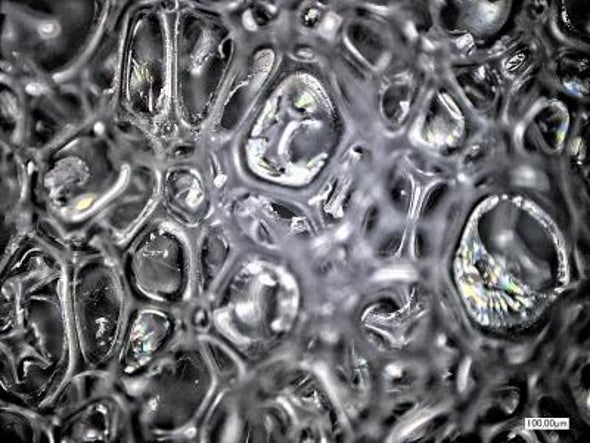This is Scientific American 60-second Science, I'm Christine Herman.
Got a minute?
Polyurethane: It's used to make seat cushions, memory foam, paint and myriad other products. Unfortunately, due to its widespread use, more than a million tons of polyurethane waste end up in U.S. landfills each year.
It's not that easy to recycle polyurethane. So the main alternative to just tossing the stuff is incineration. However:
"Incineration produces toxic by-products; requires a lot of heat—so a lot of energy input to bring it down to something that you can get rid of."
University of Illinois chemistry professor Steve Zimmerman.
He and his team therefore set out to tweak the molecules that make up polyurethane to make it easier for it to be converted into other useful materials.

The molecular tweaking involves inserting a chemical linker, known as an acetal, into one of the components that make up polyurethanes found in rubber bands, packaging and car parts. The acetal linker readily cleaves in the presence of acid.
"So we're breaking it down to materials that are actually different than we started with. And so what we're doing is using those to make other polyurethanes."
In the particular process recently presented by Zimmerman's grad student Ephraim Morado at the national meeting of the American Chemical Society in San Diego, the new polyurethanes behave like superglue.
"And it actually works better than superglue."
The biggest hurdle to widespread use is the cost. But Zimmerman hopes further research will cut costs down so that the glue-making method will really stick.
Thanks for the minute for Scientific American — 60-Second Science. I'm Christine Herman.












